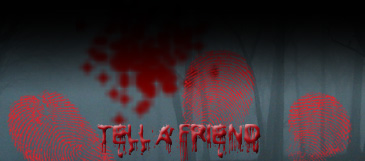June 4, 2014
Matthew Luhn’s story structure workshop
Filed under: Getting published,Writing — Tags: Pixar, story structure, Writing — PD Martin @ 9:33 pm
Last week I went to Matthew Luhn’s one-day story workshop in Melbourne. It was part of a three-day event on animation, set up by Pixar. Yup, the big guns!
I was pretty excited. It’s not very often that an author gets to do ‘professional development’ after a certain stage in their career (usually publication). You see, most courses are aimed at emerging writers—fair enough, that’s the students I usually get in my classes too. In fact, it was partly because I’m teaching so much these days that I thought I’d rock up to the event and see what one of Pixar’s Story Supervisors had to say about story structure. It’s always interesting to hear how other story pros approach their work. Matthew’s resume includes all three Toy Story movies, Monsters Inc, Finding Nemo, Cars, Ratatouille, UP, Monsters University and Toy Story of Terror. That’s a pretty good rap sheet ![]()
The morning focused solely on story, so it was this part that was most relevant to me, and that I thought I’d blog about. I find that often with story and character, it’s not that the content itself is new or provides some revelation, but it’s how it’s expressed.
As an example, I really liked the way he expressed the story structure:
• Exposition
• Inciting incident
• Progressive complications
• Crisis
• Climax
• Resolution
Of course, we often/usually see the words ‘climax’ and ‘resolution’ in story structure theory and the ‘inciting incident’ is part of a couple of plot breakdowns including Blake Snyder’s 15 beat sheet (mentioned in the Catalyst ‘beat’) and film’s eight sequence structure. But still, I like the simplicity of the expression above.
I also wanted to share some of Matthew Luhn’s character approaches and notes. I particularly liked the way he talked about showing your character’s passion and at least one major flaw during the exposition (story set up). The inciting incident is then usually about taking away that character’s passion or them committing to trying to achieve that passion. Nice, huh? I watched The Incredibles the other day with my kids and saw this story-character relationship. The hero’s passion was being a superhero and that was taken away from him when he was sued and the government relocated all superheroes under secret identities. He was no longer allowed to use his powers, in fact, he had to hide his abilities. Matthew’s example in the workshop was UP. Carl’s passion was his wife and their house was an extension of their relationship and all he had left of her. In UP, his house was going to be taken away.
It also got me thinking about my current work in progress. Interestingly, I went the other way around. I could easily identify my inciting incident but I hadn’t traced it back to her ‘passion’. Yes, I’d looked at how it (the inciting incident) would affect her, but not as a direct relationship to a ‘passion’ and therefore needing to set up that passion early on. I’ve just re-written the first chapter, brining her passion to the fore.
The second half of the day did focus more on animation stuff—composing story boards, cinematography in animation (camera angles), etc. Incredibly interesting but probably not that useful in the day-to-day life of an author.
Still, the day was definitely worthwhile and the timing was good, because it got me fired up again for my current work in progress! And Pixar does rock.
Comments Off

